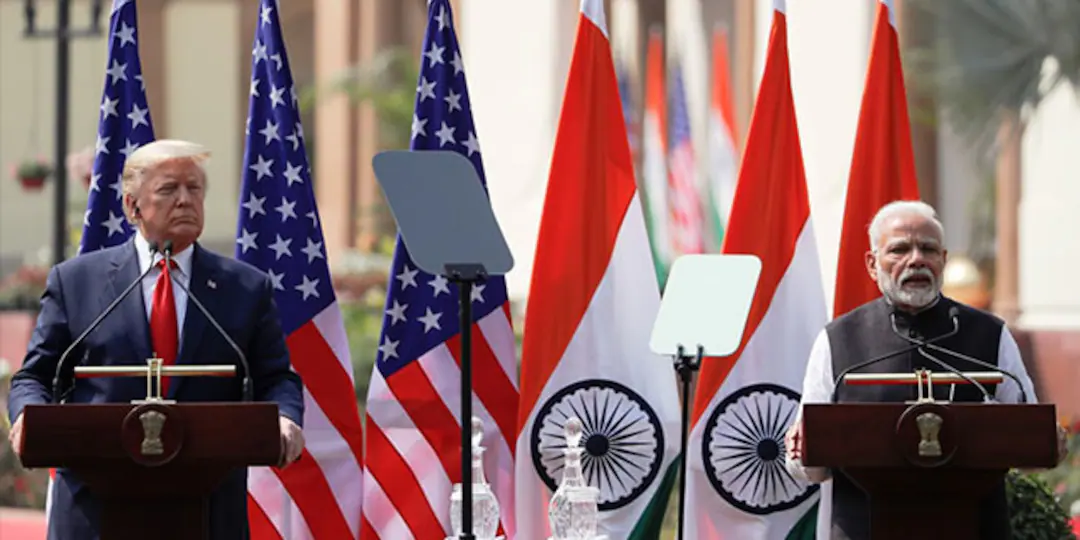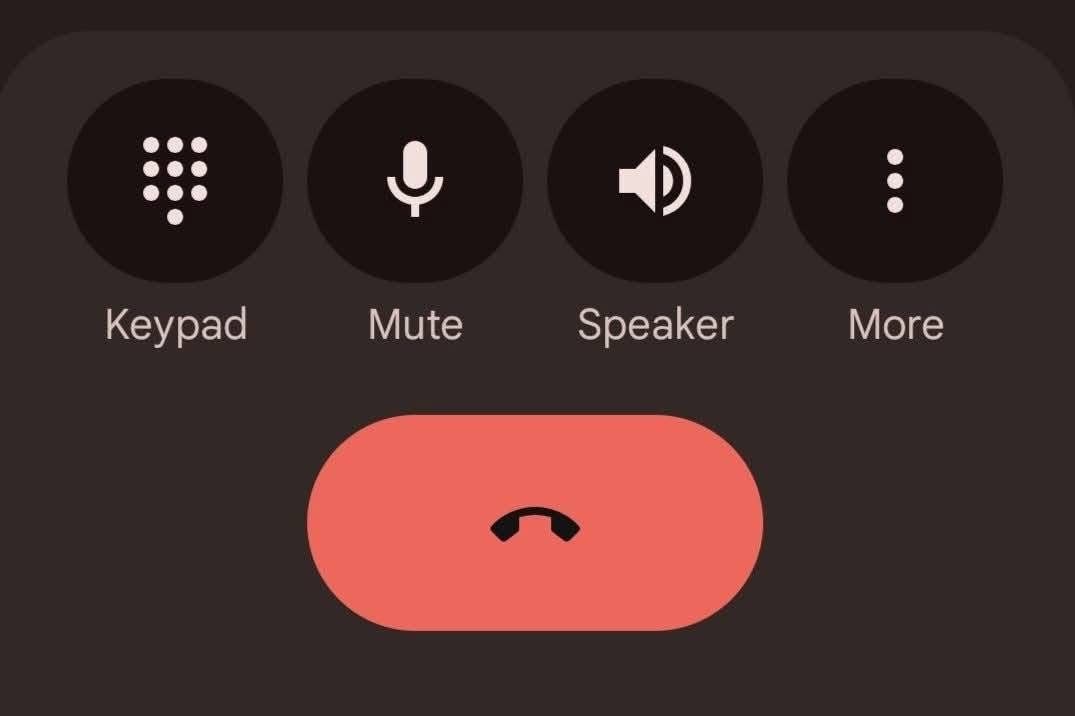Trump Announces 50% Tariff on Indian Goods

In a significant blow to India–U.S. trade relations, U.S. President Donald Trump has announced that a 25% import duty on Indian goods will take effect from August 7 (U.S. time). This move follows the failure of five rounds of trade negotiations between the two countries to resolve key differences.
Despite India’s efforts to reach a mutual trade agreement—including offers to lower tariffs on various American products—the Trump administration has dismissed these proposals. Instead, President Trump has taken a hardline stance, citing India’s growing trade ties with Russia as one of the justifications for additional economic pressure.
🔁 Another 25% Tariff Imposed
In a surprise escalation, Trump also announced an additional 25% tariff on Indian imports starting August 27, bringing the total tariff burden to 50% by the end of the month. This marks one of the harshest trade measures imposed on India in recent years.
The new tariffs are expected to affect a wide range of Indian exports, including steel, aluminum, textiles, chemicals, and auto parts—sectors in which India has traditionally held a competitive edge in the U.S. market.
🚨50% Tariff on India by Trump.
— DeepDownAnalysis (@deepdownanlyz) August 6, 2025
Reason: Buying oil from Russia.
Neither this is the reason. Nor this tariff going to stand beyond tantrums.
Modi govt knows that very well.
Domestic pressure, failed poll promises and many more other reason are at play.
Read this thread.👇 pic.twitter.com/pfud4JQbuM
The 25% import duty imposed on India by U.S. President Donald Trump will come into effect from August 7 (as per U.S. time). This means that despite five rounds of meetings between trade representatives of India and the United States, the Trump administration has rejected India’s proposals to reduce tariffs in several sectors.
Instead, referring to India’s trade with Russia, President Trump has announced an additional 25% tariff on Indian goods effective from August 27. As a result, by the end of this month, the total tariff on Indian exports to the U.S. could reach 50%.
The trade negotiations between India and the United States began in February, about a month after Trump took office. This means India was among the first countries to prioritize a trade agreement with the new U.S. administration. Both nations had also announced their respective trade delegations for the discussions.
However, despite five meetings over the past five months, India and the U.S. have not been able to reach an agreement.
🕊️ Trade Talks Timeline
Negotiations between India and the United States began in February, shortly after Donald Trump assumed office in January. India was among the first countries to reach out for a comprehensive trade agreement with the new U.S. administration. Both nations formed official trade delegations, with high-level meetings held in Washington D.C., New Delhi, and on the sidelines of various international summits.
Despite India’s willingness to offer concessions—such as reducing tariffs on American motorcycles, medical devices, and agricultural products—the U.S. side continued to demand broader market access and the removal of India’s price control policies on essential goods.
⚠️ Why the U.S. Is Upset
Some of the key reasons behind Trump’s aggressive tariff policy include:
- India’s price capping on American medical devices like stents.
- Alleged non-tariff barriers affecting U.S. agricultural and tech products.
- India’s high import duties on American motorcycles, particularly Harley-Davidson.
- Growing India-Russia trade and defense ties, which Washington perceives as a geopolitical challenge.
📉 Impact on India
The 50% tariff could severely impact Indian exporters, especially small and medium enterprises (SMEs) that rely on the U.S. market. Analysts warn this move could trigger retaliatory tariffs from India and potentially stall ongoing discussions for a free trade agreement.
India may also consider appealing to the World Trade Organization (WTO) or take up the issue in multilateral forums like the G20.
🧭 What’s Next?
Economic experts say this development could affect not just bilateral trade but also strategic ties between the two democracies.
The Indian government is expected to issue an official response in the coming days.
There is pressure on both sides to resume dialogue to avoid a full-blown trade war.



